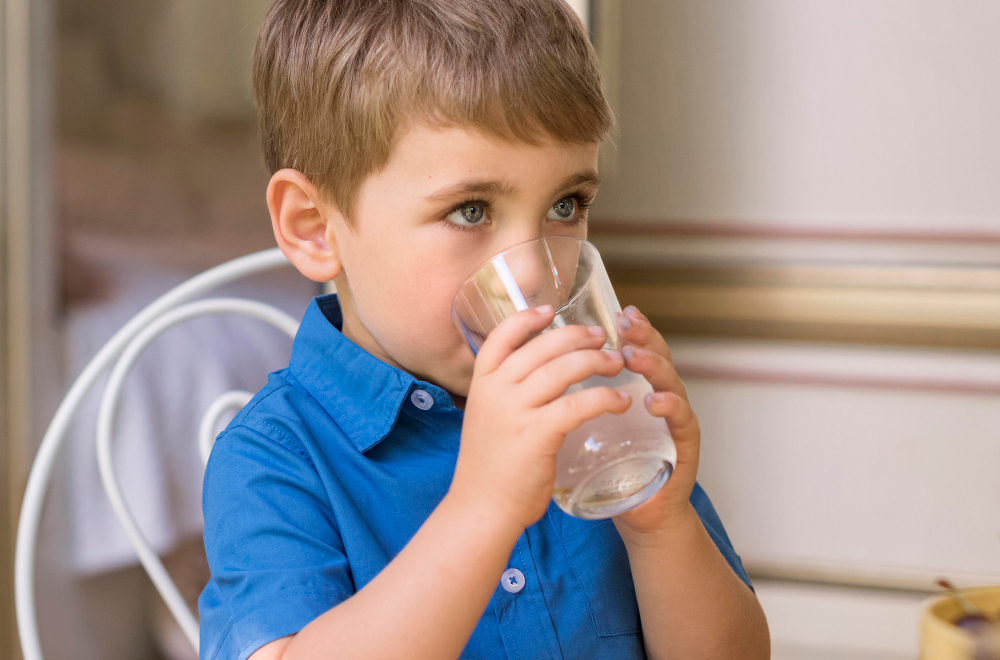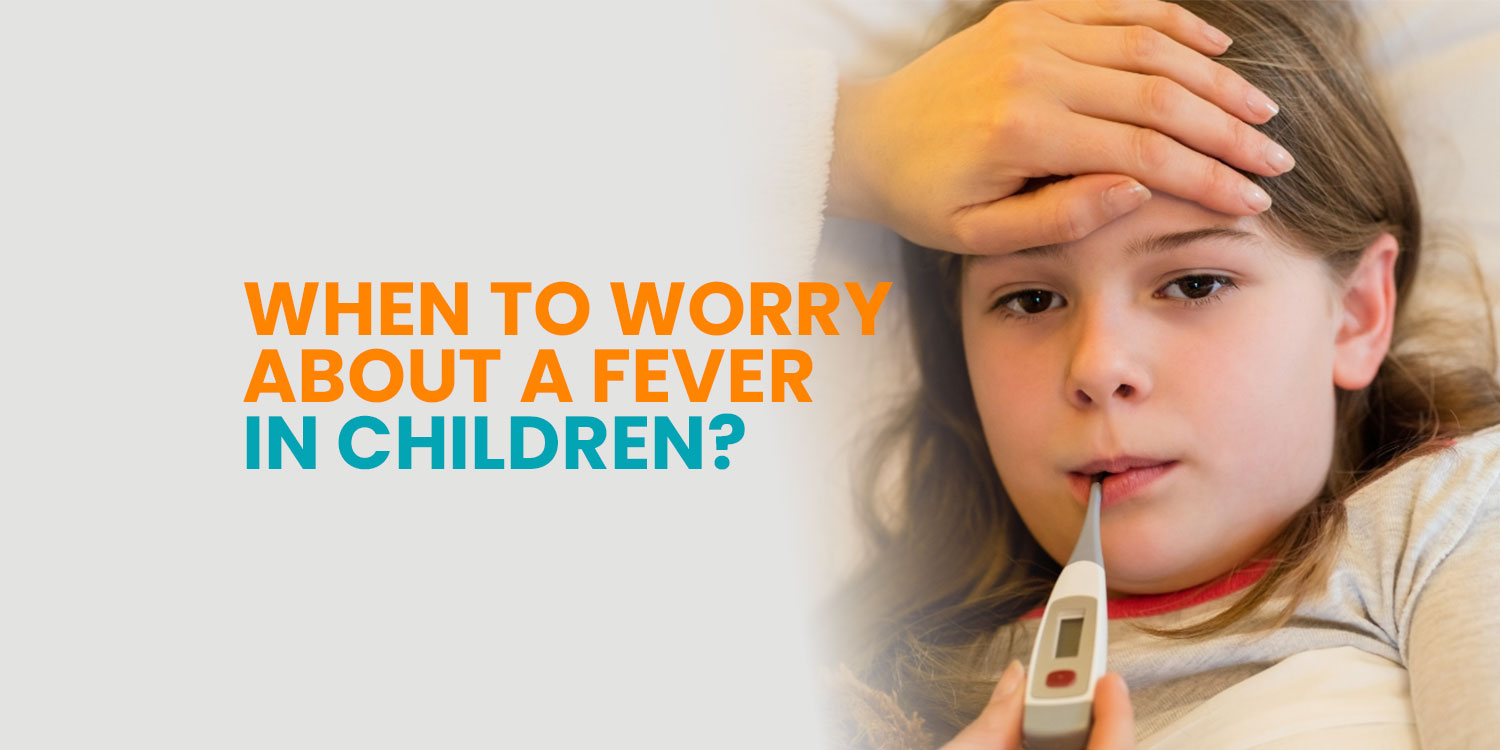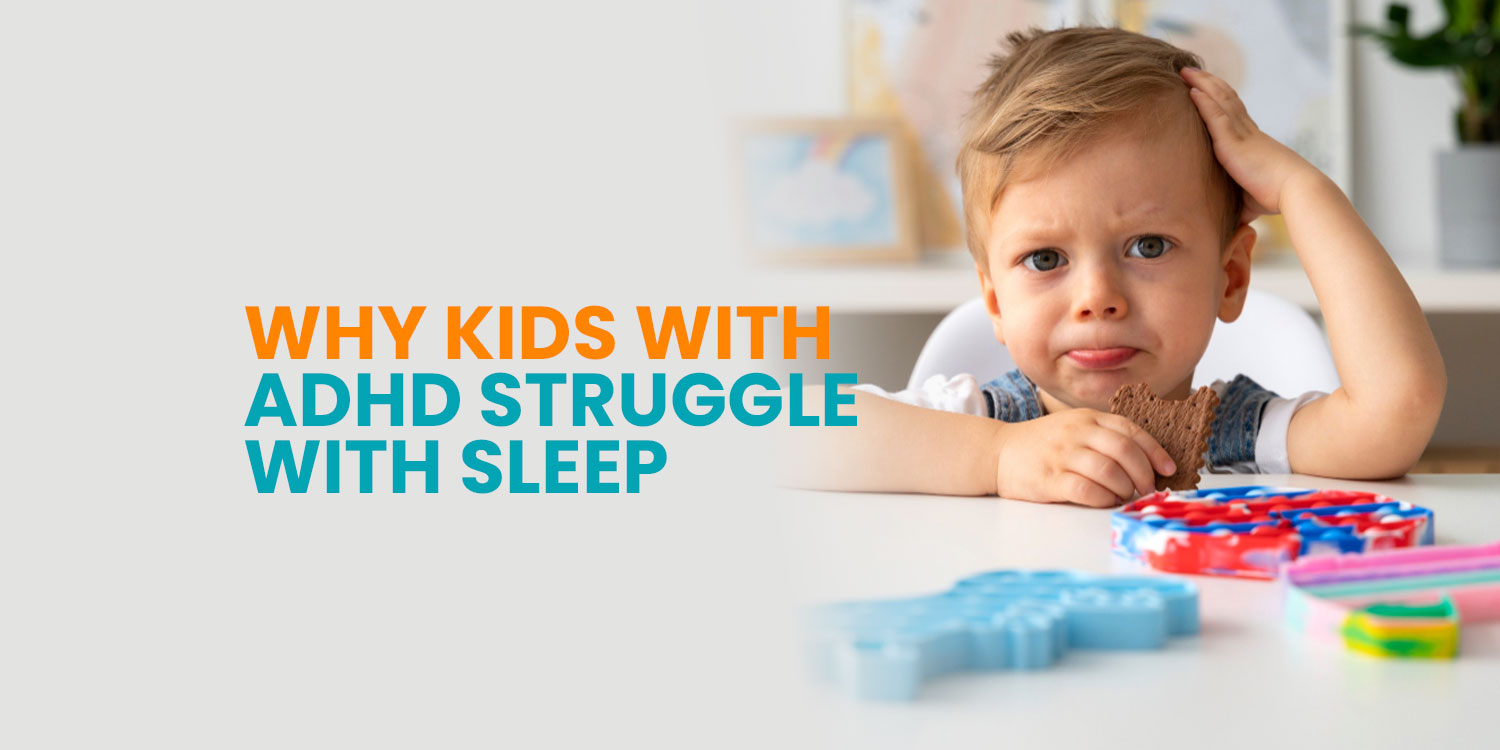When to Worry About a Fever in Children: Red Flags for Parents
Fevers are a common occurrence in childhood and often signal that the body is fighting off an infection. While most fevers in children are not cause for alarm, some symptoms indicate the need for prompt medical attention. Knowing when a fever is more than “just a fever” can help parents act quickly and appropriately.
What Is a Fever?
A fever is defined as a body temperature of 38°C (100.4°F) or higher (American Academy of Pediatrics [AAP], 2021). It is not an illness itself but a symptom of an underlying issue—typically a viral or bacterial infection. Most low-grade fevers are self-limiting and can be managed at home with rest, fluids, and fever-reducing medications like acetaminophen or ibuprofen.

When to Call a Doctor: Key Red Flags
Although most fevers can be monitored at home, there are specific scenarios in which medical advice or urgent care should be sought:
- Infants under 3 months old
Any fever in an infant under 3 months—especially over 38°C (100.4°F)—requires immediate medical evaluation, as their immune systems are still developing (Centers for Disease Control and Prevention [CDC], 2023). - Fever above 40°C (104°F)
High fevers may indicate a more severe infection, especially if they do not respond to antipyretic medications (AAP, 2021). - Fever lasting more than 72 hours
A prolonged fever could suggest a more persistent or serious infection and warrants further evaluation (Mayo Clinic, 2022). - Signs of dehydration
If a child has dry lips, decreased urination, no tears when crying, or sunken eyes, these may indicate dehydration—especially dangerous in young children. - Lethargy, irritability, or confusion
If a child is difficult to wake, extremely irritable, or unusually drowsy, this could point to a more serious underlying condition such as meningitis or sepsis.
Seizures, stiff neck, or rash
Any of these symptoms in conjunction with fever require emergency care, as they may suggest a life-threatening condition (CDC, 2023).

What Parents Can Do at Home
- Keep the child hydrated with fluids or electrolyte solutions.
- Dress them in lightweight clothing.
- Use acetaminophen or ibuprofen as directed based on weight and age.
- Keep a fever log to track temperature changes, symptoms, and medication timing.
If ever in doubt, parents should trust their instincts and consult a healthcare provider. As the AAP (2021) emphasizes, the behavior and overall condition of the child often provide better clues than the number on the thermometer.

Conclusion
Fevers are a normal part of childhood, but certain signs should not be ignored. Prompt medical attention can be life-saving in the right circumstances. By learning the red flags and monitoring their child closely, parents can make informed decisions and ensure their child gets the care they need.

References
American Academy of Pediatrics. (2021). Fever in children: How to treat and when to call the doctor. https://www.healthychildren.org/English/health-issues/conditions/fever/Pages/Fever-Without-Fear.aspx
Centers for Disease Control and Prevention. (2023). Fever in infants and children. https://www.cdc.gov/dotw/fever/index.html



